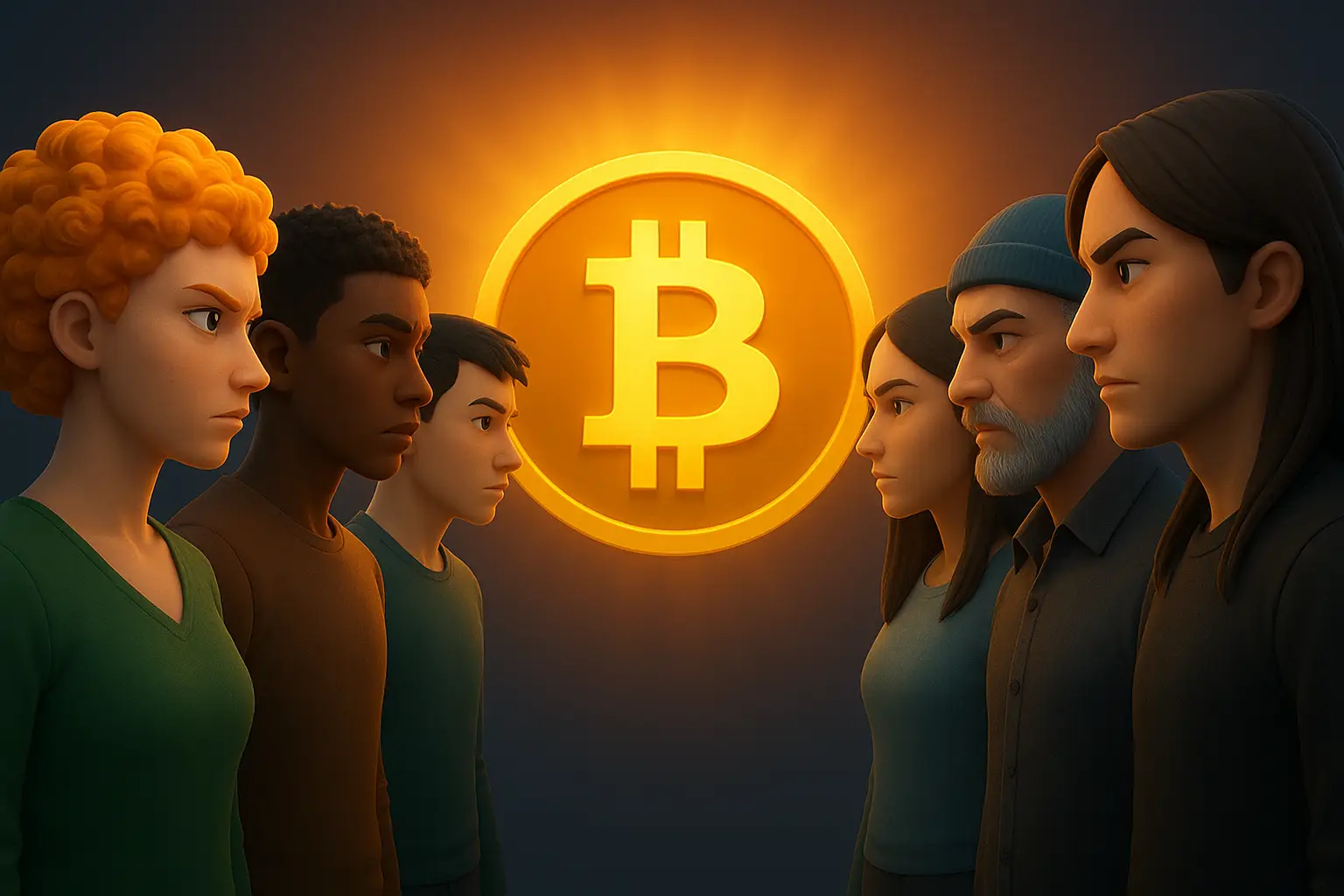Bitcoin Core’s upcoming version 30 has revived long-standing disagreements within the Bitcoin community. The update removes the 80-byte limit on OP_RETURN, a feature that lets users store extra data in transactions. Supporters argue this keeps the network neutral and allows fees to dictate usage, while critics fear it could enable spam or illegal content, diluting Bitcoin’s purpose as sound money.
Some accuse developers of favoring projects like Citrea that benefit from larger data capacities, while Core maintainers deny corporate influence, saying decisions are open and transparent. Alternative software like Bitcoin Knots enforces stricter rules to block non-financial data. As the October release nears, miners and node operators will decide whether to adopt the change, shaping Bitcoin’s future identity.
Others in the community warn that loosening the rules for storing data could overload the blockchain, potentially increasing transaction fees and making it harder for smaller participants to run full nodes. They argue that Bitcoin was designed primarily as a decentralized monetary system, not as a general-purpose data storage network.
On the other side, proponents claim that maintaining flexibility is essential for innovation, saying developers and users—not centralized authorities—should decide how to use block space. They also note that miners have the freedom to include or exclude transactions based on fees, ensuring market-driven prioritization.
The debate reflects a deeper philosophical split within the ecosystem: whether Bitcoin should remain a streamlined financial network or evolve into a platform for broader applications. As the rollout of version 30 approaches, community members are watching closely to see how miners, developers, and businesses respond to the change.
Some developers stress that this disagreement isn’t new—Bitcoin has faced similar debates in the past, such as block size wars and SegWit implementation. They argue that open discussion and diverse opinions are healthy signs of decentralization, even if disputes sometimes become heated.
Meanwhile, projects that could benefit from the increased data capacity, like certain layer-2 solutions and sidechains, are keeping a close eye on adoption rates. Their future development paths may depend on how widely version 30 is embraced by miners and node operators.

Skeptics, however, warn that if too much non-transactional data floods the network, it could compromise Bitcoin’s efficiency and reputation. They emphasize the need for cautious changes, given Bitcoin’s status as the most secure and widely trusted blockchain.
Ultimately, the release of version 30 is being viewed as more than just a technical update—it’s a symbolic moment that may influence Bitcoin’s direction for years to come.
The controversy also highlights the balance between innovation and preserving Bitcoin’s core principles. Supporters of the upgrade see it as a step toward expanding Bitcoin’s usefulness beyond simple payments, potentially unlocking new applications and use cases. Critics counter that such changes risk shifting Bitcoin’s identity, arguing that its value lies in being a stable, predictable monetary system rather than a platform for experimental features.
As discussions unfold on developer forums and social media, many community members are urging miners and node operators to weigh the potential benefits against the risks before upgrading. The decision each operator makes will collectively determine whether the network embraces or rejects the new flexibility.
In the end, Bitcoin Core version 30 serves as both a technical milestone and a reminder of Bitcoin’s decentralized governance—where no single entity controls the rules, and consensus is built through debate, experimentation, and voluntary adoption.
Source: Cointelegraph Edited by Sonarx

